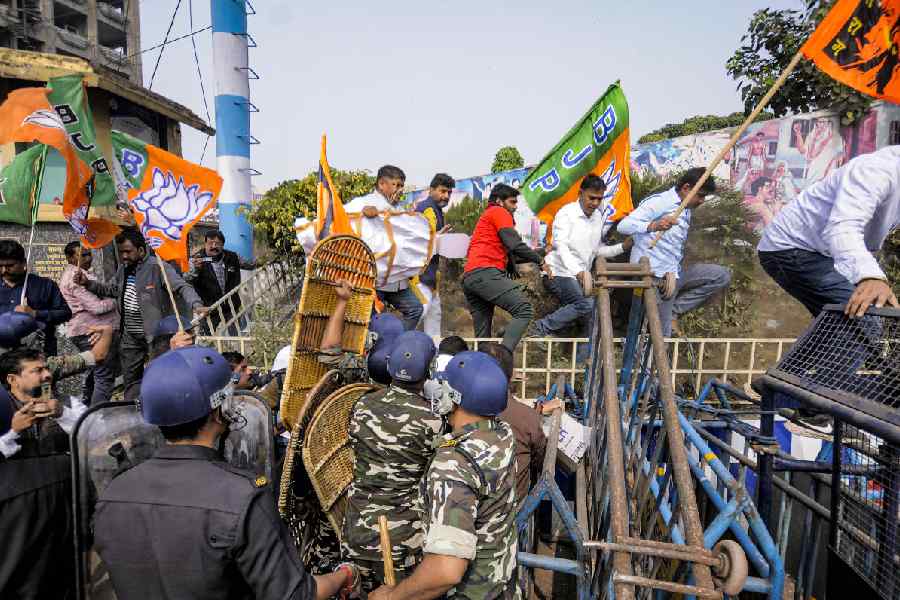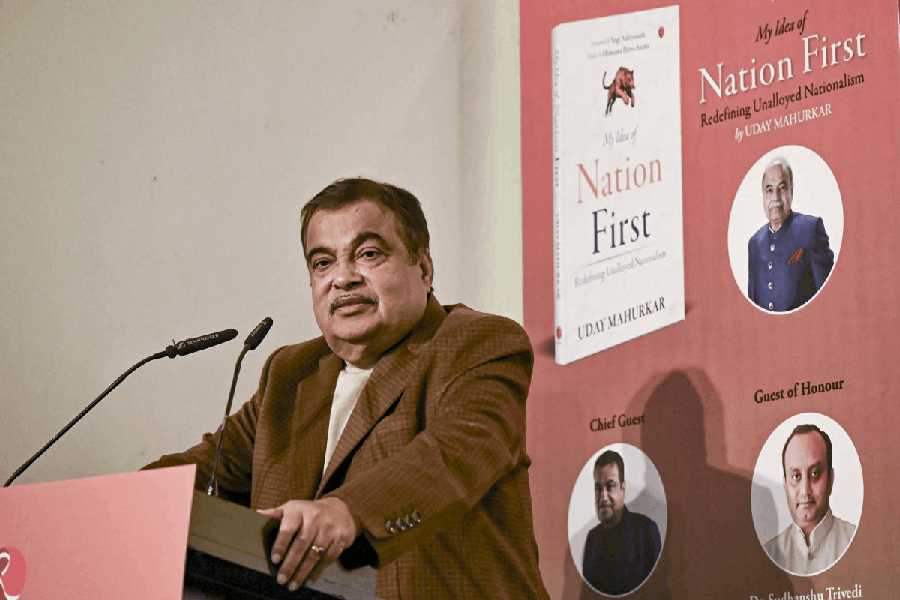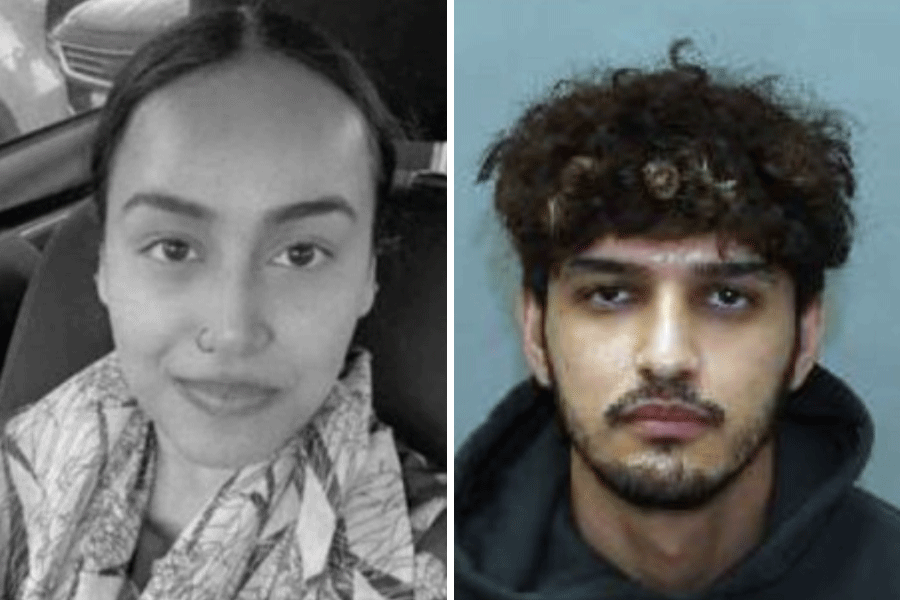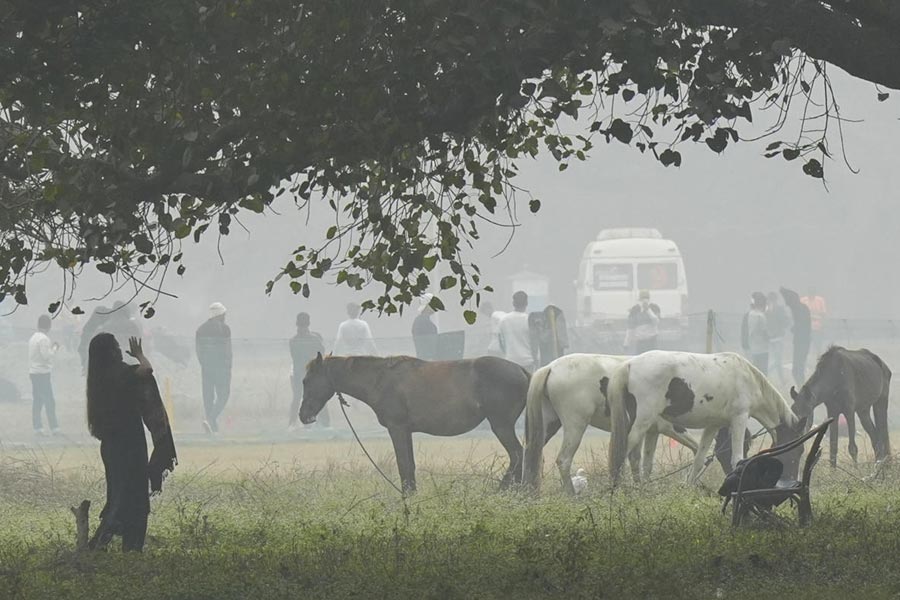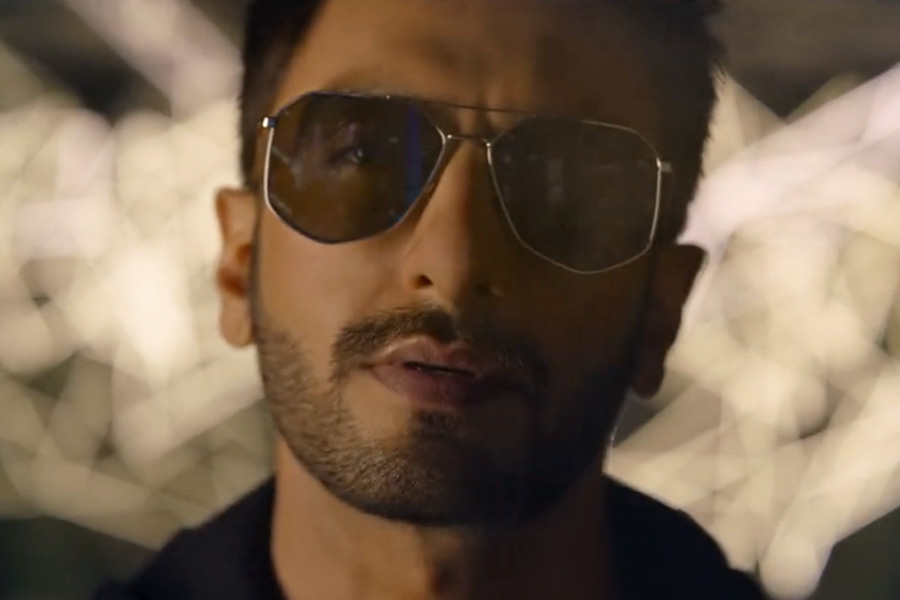 |
| On a high: Utsavam, the exhibition on Indian musical instruments at the Horniman Museum in London. |
Rudyard Kipling had it all wrong. As audiences in Paris give Sanjay Leela Bhansali a standing ovation for his opera Padmavati, a 1923 ballet by the French composer, Albert Roussel, London has been swinging to Indian music. The twain has been meeting — and how!
For London, this is the season of Indian music. Last month, an exhibition opened at the Horniman Museum in southeast London celebrating the music of India. The nine-month-long exhibition — ‘Utsavam: Music from India’ — has on display more than 300 instruments from all over India and has been funded by the British Council.
Clearly, Indian music has successfully wooed Britons. It is no longer rare to hear the sounds of a Hindi Bollywood hit emanating from a pub in Soho or Camden. A.R. Rahman is a household name in Britain, ever since he wowed British audiences with the music of Bombay Dreams in 2003. The music sold more than five million copies. Rahman also composed the music in collaboration with the Finnish troupe, Varttina, for the Lord of the Rings, staged in London in 2005.
“The prospects for Indian music in the United Kingdom are extremely healthy and thriving,” says Margaret Birley, one of the two curators of the Utsavam festival. “Their emphasis on rhythm and percussion is very appealing. Even Western orchestra is experimenting with this new percussion music and so Indian music has really become a part of mainstream music,” she adds.
 |
 |
| Kaushiki Chakrabarty (top) and Purbayan Chatterjee, who are set to perform at the Durbar Music Festival |
It all began with the Beatles and sitarist Ravi Shankar in the Sixties. But what was a trickle then has now turned into a stream. And it seems that there is something for everybody in London these days — Bollywood for the masses, Rahman’s compositions for theatre goers and instrumental and classical vocal music for connoisseurs. Jesse Banister of the fusion group, Samay, for instance, has made a name as a saxophone player focusing on Hindustani classical music.
Musicians have their own take on why this is happening. “Indian music is rooted in spirituality,” says Calcutta-based sarod player Somjit Dasgupta, now on a musical tour of the UK. “Its sounds and beats are clearly devotional in nature, as if communicating to God. This makes it distinct from most other music forms that are more in the amusement genre.”
What is clear, though, is that music from India is finding a great many takers in England. On the anvil is the Darbar Music Festival at Leicester, the UK’s premier South Asian classical music festival which will be celebrating its third year in April 2008. Darbar will feature classical vocalist Kaushiki Chakrabarty and sitar players Purbayan Chatterjee and Irshad Khan this year. The festival also hopes to nurture British-born talent by providing a common platform for visiting and local artists.
The Utsavam festival, too, has been successful in drawing Britons, with special educative kiosks that allow visitors to interact with a monitor displaying a capsule on Indian music. The instruments are being brought to life through live weekend concerts and with video and sound recordings collected by the co-curators, Birley and Rolf Kilius, during five years of field trips undertaken in cooperation with the British Council Library’s sound archives. There will be some 20 concerts and musical events, with performances by Indian-born, London-based artists.
Birley stresses that the “amazing versatility” of Indian instruments has added to the popularity of the exhibition. “The sitar or sarangi is instantly recognisable. The tabla is so versatile that it can produce sounds that would need an entire set of drums to produce. All this is making Western musicians increasingly experiment with Indian music instruments.”
Adds Killius: “A lot of Indian music is closely tied to the traditions of temples and places of worship. This tradition comes out from every element of Indian music and resonates with the Western audience.”
British musician Nitin Sawhney has been using a blend of jazz, Indian and other Asian tones in his music for albums, films and as background scores for video games. Sawhney is England’s home-grown bhangra pop artist, who has collaborated with Sting, Nusrat Fateh Ali Khan and Paul McCartney on different projects. He has also worked with the British tabla player, Talvin Singh, and his score for Ninja Theory’s PlayStation game, Heavenly Sword, has been nominated for an award.
Samay, which has Indian as well as British musicians, has been gaining in popularity. And now, even songs featuring in the UK Top Ten have been depending heavily on Indian music. Singer M.I.A, of Sri Lankan Tamil origin, has made Indian music popular among Brits.
Indian music in England has clearly come a long way since Peter Sellers sang Ladies of Calcutta with an Indian accent that was as thick as it was comic. Half a century later, Indian music has found its niche. And to the sounds of thundering applause.





